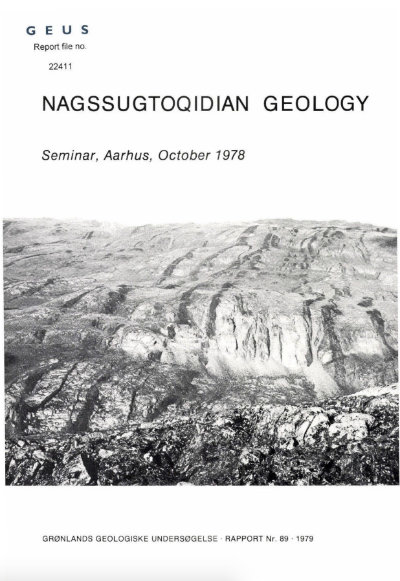Are coronas cooling products?
DOI:
https://doi.org/10.34194/rapggu.v89.7572Abstract
Metadolerites play a crucial role in the unravelling of the history of Precambrian crystalline terrains and it is therefore important to consider how they reflect the thermal history of the crust they intruded. Metamorphic assemblages of little- or undeforrned basic dykes often occur as coronas or reaction rims and are often interpreted as aresult of reaction during cooling. Recent advocates of this interpretation are Griffin & Heier (1973) and their cooling hypothesis has also been applied to basic dykes in Greenland. Some aspects of corona formation, which have not been considered, are important, and they will be briefly described here. A more comprehensive treatment is in progress. Most coronas described in the literature (for example those treated by Griffin & Heier) forrned from reactions between plagioclase and either olivine or pyroxene (orthopyroxene or subcalcic clinopyroxene). These are the coronas treated here. Two characteristics of these coronas seem particularly important for a geological interpretation of corona structures: (1) they occur abundantly in basic to ultrabasic rocks intruded into high grade metamorphic terrains, but have not, apparently, been found in their enclosing quartzo-feldspathic gneisses, (2) the corona forming reactions are often incomplete. The cooling hypothesis logicaIly explains the first point and seems intuitively in accord with the second. It is appropriate to consider coronas by first addressing the first question, then to consider the kinetic significance of the structure and, finally, the kinetic significance of incomplete reaction.
Downloads
Published
Issue
Section
License
This article is distributed under a CC-BY 4.0 licence, permitting free redistribution and reproduction for any purpose, even commercial, provided proper citation of the original work. Author(s) retain copyright over the article contents.


